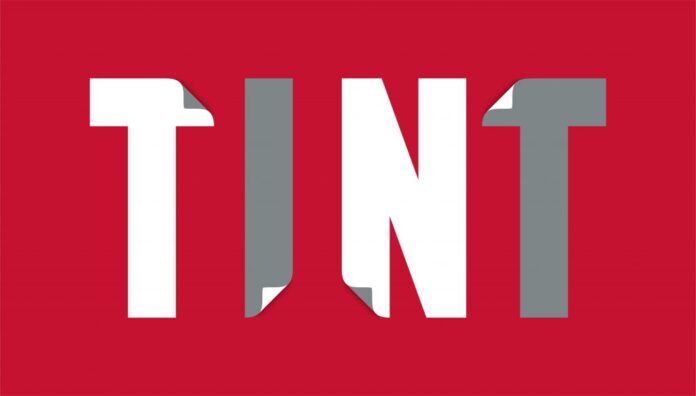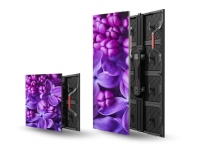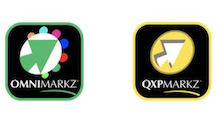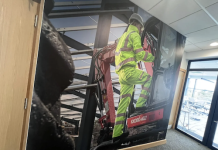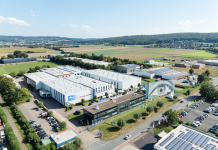Dennis Leblanc, Senior Business Development Manager, North America, at Drytac, writes that one of the primary reasons for the tricky material selection process is the wide range of factors that you need to consider when choosing the media you are going to work with. Can it adhere to rough surfaces? Is it compatible with a certain type of print technology? Can it be used outside as well as indoors? To tint or not to tint?
With the pressure firmly on the print service provider to ensure they make the right choice and achieve a high-quality result, selecting materials and media for a print job can be a tricky process indeed.
Among the many questions you need to ask yourself when picking out your next material is whether you require a grey adhesive or a clear adhesive. This will likely come down to the type of application you are working on, with one type of material offering certain advantages over the other, and vice versa.
First and foremost, acrylic adhesives in their original state are typically clear and manufacturers will add a ‘tint’ to the adhesive to provide blockout properties to the media.
But why is this important? In some applications, a blockout adhesive is necessary to avoid colour shift in the graphic due to darker substrates, or if you are applying the media to a surface with existing graphics and want to avoid these from showing through the new graphics.
Take for example producing a set of wall graphics for a retail store; there is a chance that the walls in the store will have some form of graphics already installed, or they could be painted a dark colour. Opting for a material with blockout adhesive will mean the graphics will stand strong in front of any existing designs or colours, helping the application ‘pop’.
However, blocking out an existing background, or indeed the light, natural or otherwise, that is behind the graphic may not always be the most sensible or effective approach. In fact, when it comes to certain applications, materials that allow light to pass through will allow for a much higher-quality and impactful result.
If, for example, we are to look at window graphics; in the majority of cases, the customer or client will want natural light from outside to pass through the graphics to light up the interior of the shop, restaurant or other venue. Materials with a clear adhesive will enable the user to achieve just this, allowing for the production of a high-quality design that is effectively lit up by the light that flows through it.
Similar advantages can also be seen when viewing window graphics from the opposite side. If the graphic were to be backed with blockout adhesive, this would mean the non-printed side would be a dull-looking, solid colour. However, clear adhesive lets the light pass through and produces a mirror image of the graphic on the other side of the print, which is more pleasing to the eye.
There are advantages for using either of these materials, with the choice simply coming down to the type of application you are working on. The key to a successful outcome is to fully understand your application, your substrates and choose your adhesive science and adhesive colour appropriately.
MIDCOMP
+27 10 020 9999
consumables@midcomp.co.za
http://www.midcomp.co.za


